Hello Guys…..In this video, our Mentor MKA Sir has explained inorganic mechanism and remaining two types of reaction viz. Oxidisers-reducers and complexing reaction, which are very helpful for IIT Jee Mains, Advance, BITSAT, NEET and AIIMS. Now, there is no need to mug-up these all reactions.
Basic facts
Consider a situation in which one halogen (chlorine, for example) is reacted with the ions of another (iodide, perhaps) from a salt solution. In the chlorine and iodide ion case, the reaction is as follows:
Cl2 + 2I- = Cl- + I2
The iodide ions lose electrons to form iodine molecules. In other words, they are oxidized.
The chlorine molecules gain electrons to form chloride ions— they are reduced.
This is therefore a redox reaction in which chlorine acts as an oxidizing agent.
In each case, a halogen higher in the group can oxidize the ions of one lower down. For example, chlorine can oxidize bromide ions to bromine:
Cl2+2Br−→2Cl−+Br2
The bromine forms an orange solution. As shown below, chlorine can also oxidize iodide ions to iodine:
Cl2+2I−→2Cl−+I2
The iodine appears either as a red solution if little chlorine is used, or as a dark gray precipitate if the chlorine is in excess.
Bromine can only oxidize iodide ions, and is not a strong enough oxidizing agent to convert chloride ions into chlorine. A red solution of iodine is formed (see the note above) until the bromine is in excess. Then a dark gray precipitate is formed.
Br2+2I−→2Br−+I2
Iodine won’t oxidize any of the other halide ions, except possibly the extremely radioactive and rare astatide ions.
Transition elements have tendency to form complexes more than s and p block elements, which form only a few complexes.
The reason is :-
They have small , highly charged ions.
They have vacant low energy orbitals to accept lone pairs of electrons donated by other groups or ligand .
So they are able to form complexes with the groups which are able to donate an electron pair . These groups are known as ligands.
Many other complex reactions from Complex has been discussed in details inside the lecture. We hope, it would be extremely helpful for your preparation.
——————————————————————-
Inorganic Reaction Mechanism (Part-2)
——————————————————————-Watch our other videos.
————————————————————————————————–
First Point of Difference Rule | Organic Chemistry | Explained by IITian | Jee Mains, Advance | NEET
—————————————————————————————————
Oxides of Phosphorus | Tricks and Techniques | IIT Jee Mains, Advance | BITSAT | NEET & AIIMS
—————————————————————————————————-
Phosphine Gas | Tricks and Techniques | IIT Jee Mains, Advance | BITSAT | NEET, AIIMS
—————————————————————————————————–
Potassium Permanganate | d Block Chemistry | Jee Mains, Advance | NEET | BITSAT and AIIMS
——————————————————————————————————
Neighbouring Group Participation | Tricks and Tech | IIT-Jee Mains, Advance | BITSAT | NEET & AIIMS
——————————————————————————————————–
Carbocations and Carbanions | General Organic Chemistry | Explained by IITian | Jee Mains & Advance
———————————————————————————————————-
Tricks for Qualitative Analysis | Cations | Jee Mains, Advance, NEET, BITSAT and AIIMS
———————————————————————————————————–
Tricks to Remember p Block Reactions | Group 15 | Jee Mains, Advance, NEET, BITSAT & AIIMS
———————————————————————————————————–
Trick for Bond Angle | Developed by IITian | IIT Jee Mains, Advance, NEET, BITSAT & AIIMS
———————————————————————————————————–
Banana Bond in Chemistry | Explained by IITian | IIT Jee Mains, Advance, BITSAT, NEET and AIIMS
Thanks
Team IITian Explains
source


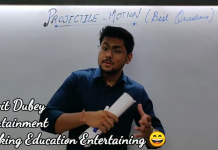

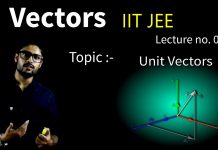


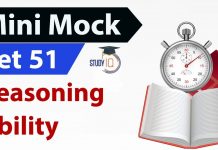

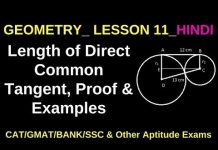

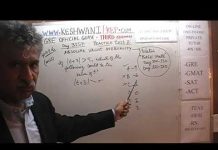

![CY_GATE_2019_PHYSICAL_SPECTROSCOPY_[ELECTRONIC_BASIC]_All IN ONE_[Short_Trick]_2018-19_PART_1ST - Videos](https://trends.edugorilla.com/wp-content/uploads/sites/8/2018/08/cy_gate_2019_physical_spectroscopy_electronic_basic_all-in-one_short_trick_2018-19_part_1st-218x150.jpg)



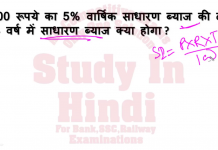
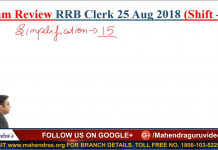
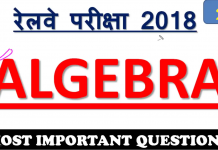
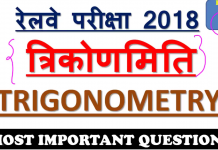
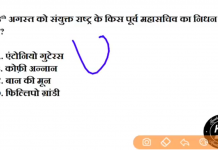
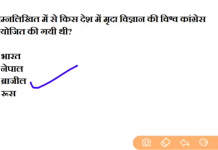
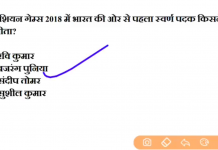





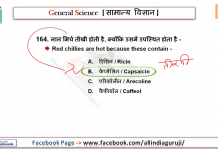


![24 August 2018 – The Indian Express Newspaper Analysis हिंदी में – [UPSC/SSC/IBPS] Current affairs - Videos](https://trends.edugorilla.com/wp-content/uploads/sites/8/2018/08/a520-218x150.png)
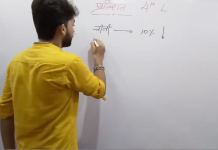



Hit Like, if you are in love with the content of IITian explains.
Sir inorganic mechanism ka orr video link par daliye ga
Actually your lectures are better than most of etoos faculty or other online lectures. The best in inorganic For IIT. Can you suggest me a book for practice
Sir ji questions kanh pr milenge
I love your teaching method #MKASir and easy to learn chemistry
,💗💗💗💗💗💗 lo lo mera dil lelo……..
#best teacher
Sir stereoisomerism, resimic mixture,diastereo isomer (rxn of achiral to chiral)
In love with the IITian explains….. awesome
Sir aapki video to trending pr aani chaiye…bekar video trending pr aa jaati h magar ye awesome video trending pr ni aati…pta ni kyu…agar chahte ho ki sir ki video trending pr aae to like kro or share kro
Thank you so much
Sir please upload physics lecture
Along with concept pls discuss previous year questions based on that concepts…. Pls reply
Thank u. Sir
You are the Best Teacher Sir
You are the best
Please upload fast
which is best oxidising agent among following O3,H2O2,K2CrO7,KMnO4 please help!!!!!!!
Sir maths video upload kar do please
Thanks sir
The content is awesome but please upload more video at least had a gap of one day
sir a request ki aap pl topic se related questions video description me daal do cuz facebook p jaake dhoondne m bahut distraction hota h.
Sir please give the name of book written by you and also how to get it ?
Please make a vedio on d and f bolck elements…
Sir pls start thermodynamics .it is also a very important chapter pls upload video on this topic as soon as possible sir plz I am waiting………🤔🤔🤔🙏🙏🙏🙏🙏
SIR INORGANIC MECHANISM PART -3 FAST SIR PLS FAST PRIORITY!